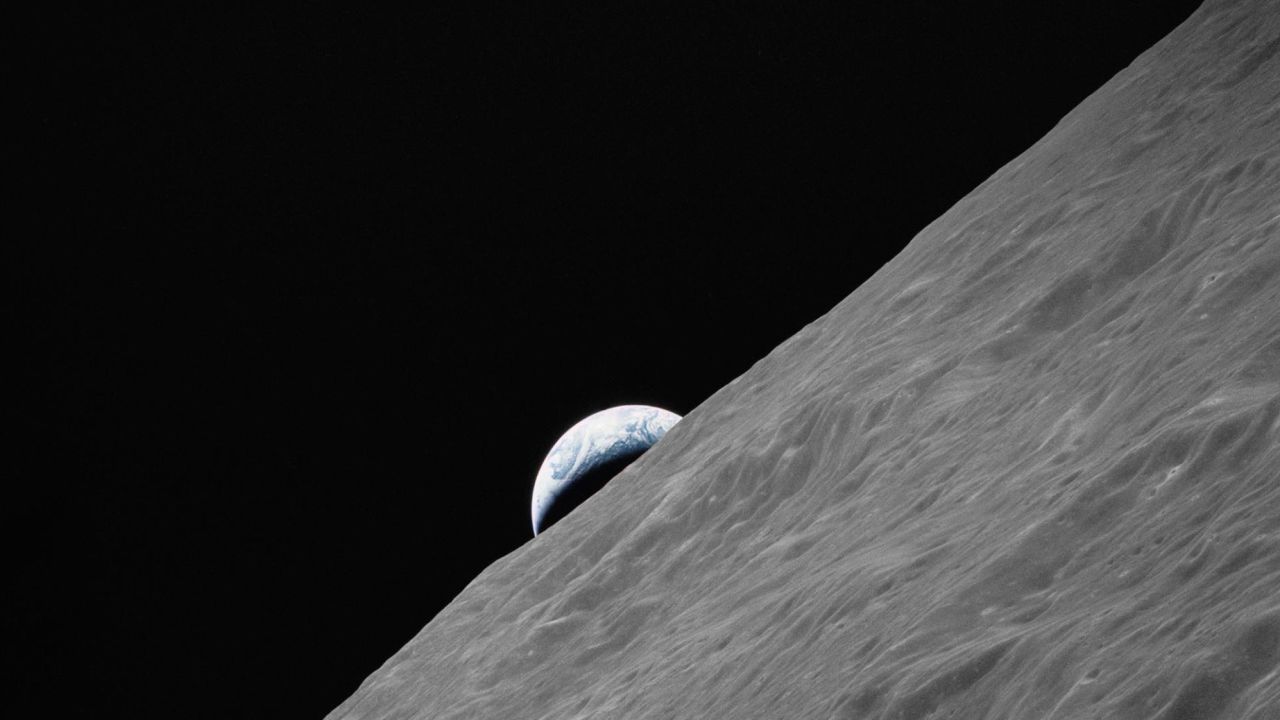- A study used seismic data acquired between 1976 and 1977 to indicate how the Apollo 17 astronauts’ lunar lander could be affecting seismic activity on the moon.
- The study emphasises that these moonquakes are caused by vibrations induced by the lunar module descent vehicle, which was deployed on the moon’s surface in 1972.

The Apollo 17 Mission
- Apollo 17 was the sixth lunar landing and the final Apollo mission to the Moon.
- It was launched by night on December 6, 1972, which was unprecedented in the Apollo programme.
- This mission was distinct from earlier missions in that it sought to collect ancient highlands crustal material and examine the potential of recent lunar volcanic activity.
- Neil Armstrong became the first person to set foot on the lunar surface on July 20, 1969, as part of the Apollo 11 mission.
Understanding Moonquakes’ Relationship to Earthquakes:
- Moonquakes are similar to earthquakes in that they both entail seismological vibrations.
- Researchers have identified four types of moonquakes, three of which are relatively benign. Shallow moonquakes, the closest to the surface, are the most destructive.
- Deep Moonquakes: These occur 700 km below the lunar surface.
- Shallow moonquakes occur at depths of only 20 to 30 kilometres and can last up to 10 minutes.
- Vibrational Moonquakes: These are caused by meteorite collisions.
- Thermal quakes are caused by the moon’s crust expanding as it warms after a night of subzero temperatures.
- Moonquakes occur as frequently as every 27 days, mostly due to temperature differences between lunar day and night, with an estimated 7,000 moonquakes occurring in a decade.
Earthquakes vs. Moonquakes
- Moonquakes are often less in magnitude than earthquakes, but they have a longer duration.
- Apollo astronauts detected shallow moonquakes with a magnitude of up to 5.5.
Human Moon Landings
- Several countries have launched lunar missions, the most recent being India in 2023, following the United States, Russia, and China.
- The seismometer on India’s Chandrayaan-3 spacecraft detected a moonquake, providing vital data for future investigation.
The Importance of Monitoring Moonquakes
- Understanding moonquakes could be useful for future lunar missions, especially if NASA creates a permanent lunar colony.
- Seismometers, such as those used on the moon, are critical for understanding lunar geology and assuring future lunar travellers’ safety.
- Monitoring lunar seismic activity is critical for developing experiments and expeditions aimed at elucidating the mysteries of Earth’s nearest celestial neighbour.
- The moon offers a once-in-a-lifetime chance for in-depth planetary research beyond Earth.
Source: https://www.cnn.com/2023/09/14/world/moonquakes-apollo-17-scn/index.html
